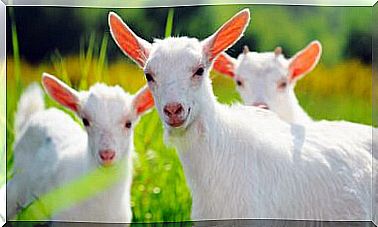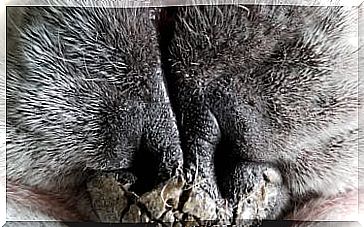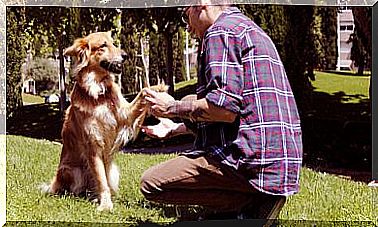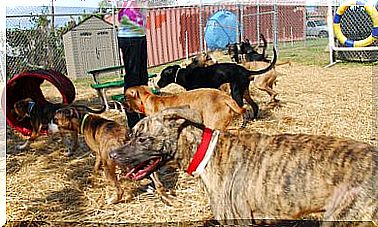The Magpie: Characteristics, Behavior And Curiosities
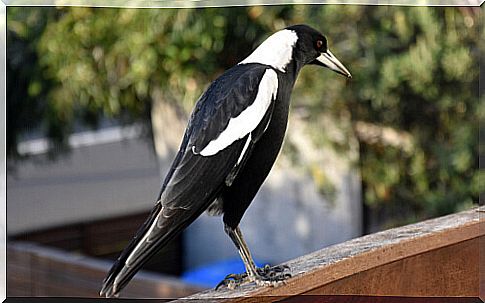
The magpie is one of the most intelligent birds that can be known. They live between Europe, Asia, North America and Africa and adapt without major difficulties to any ecosystem.
These birds can settle in fields, cities or cultivated land. Also on hedges, trees, country groves, parks or gardens or in areas of sparse or abundant vegetation.
Its scientific name is Pica pica . They are also called picaraza, picaza, paste or fag. For a long time they were threatened, as they were classified as harmful to crops .
The number of these birds has grown in recent years, mainly thanks to their enormous ability to survive against the overwhelming growth of human concentrations.
General characteristics
One of the characteristic features of this species is its black and white plumage, accompanied by blue, purple or green brushstrokes on the wings.
Its size varies between 40 and 51 centimeters, of which approximately half belong to the tail. Its wingspan ranges between 50 and 62 centimeters, with a weight of around 200 grams.
With tiny eyes and a long, straight and fairly strong beak, the magpie has a nervous demeanor and emits quick warning signals for any eventuality. Their song is not one of the most graceful in the animal kingdom, being frequently described as a kind of alarm beep. Their average life span is 15 years.
This curious bird is extremely widespread throughout Europe, being the most common bird within Spanish territory. Observing them in the wild is relatively easy, since they do not usually fly above 1,500 meters.
Omnivorous in nature, they include a varied number of foods on their menu. They also eat smaller birds, eggs, fruits, snails, rodents, small reptiles, and insects like spiders. During the winter they can become scavengers and search for food in the garbage.
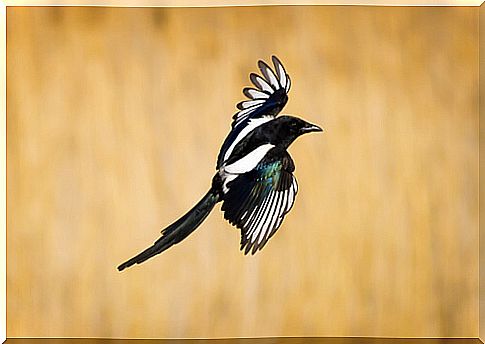
Reproductive period
The magpie is the type of bird that pairs for life. The nests are built in the thickest branches of the trees, mostly in the tops; although sometimes they also select bushes no more than one meter high. Nor is it strange that they are installed in urban buildings.
The mating season of the magpie is during spring, so in March they begin to build their nest; constructions that are characterized by their spherical shape with lateral entry; the deepest wall is mud, with a thickness of approximately four centimeters. They protect the upper part with a dome of branches.
Magpies nest only once a year, laying between four and seven greenish eggs, hatched exclusively by the female.
The incubation of the magpie takes 17 to 20 days, a period in which the couple maintains a discreet and silent behavior. Once out of the shell, the chicks are fed by the parents for a month, until they learn to fly.
Magpie behavior
Astute, this is one of the most used adjectives to define this species. They maintain effective communication, which allows them to act in a synchronized way to defend themselves from the attack of larger birds. They are also capable of coordinating to drive off ground predators.
If they come across the carcass of a large animal, they make loud squawks to attract the attention of vultures and crows. And it is that to be able to feed on the ‘loot’ found, they need these other birds to break the skins before they can eat.
It highlights the way in which magpies take forecasts and store surplus food. For these purposes they use unsuspected places for other species, so their reserves are rarely threatened.

Curiosities
Magpies usually have a peculiar predilection for shiny objects. So much so that jewels of great value have been found in their nests, as well as cans or mirrors. The magpie, like primates, elephants and dolphins, is able to recognize its own reflection.
Another ability of this species is that they identify and separate people between ‘acquaintances’ and ‘strangers’. At times , they can take on some humans as members of their flock ; going to the extreme of defending them at the cost of his own life.
If they are taught from pigeons, they come to imitate the human voice with the same dexterity as parrots. After black cats and crows, it is one of the animals that arouses the most superstitions in popular culture.



